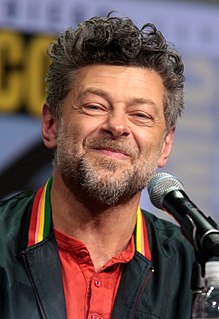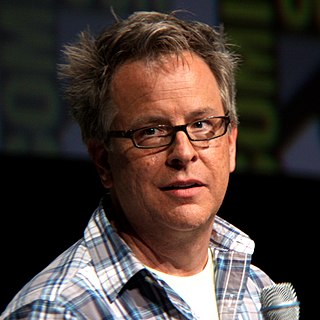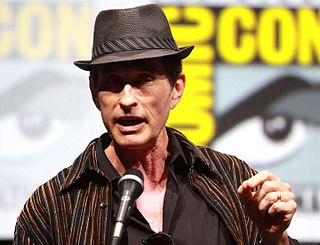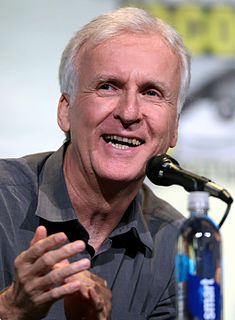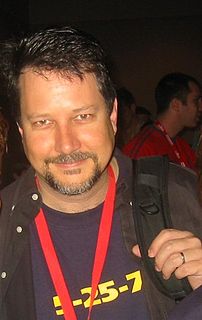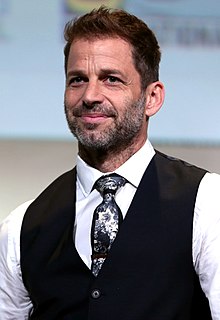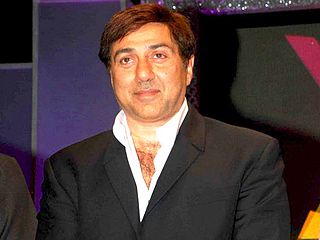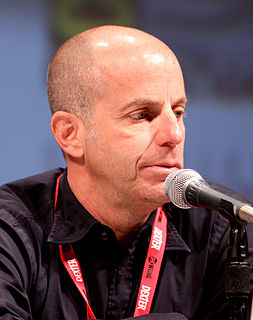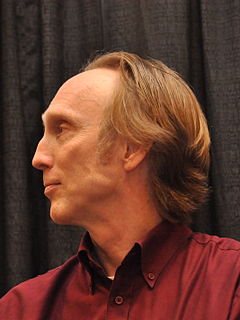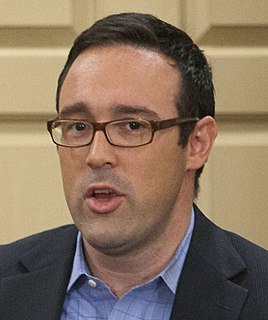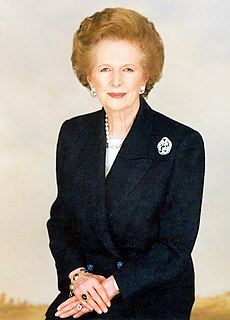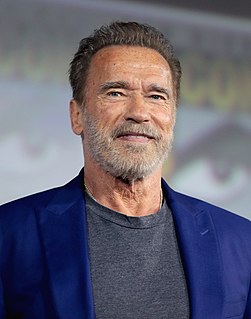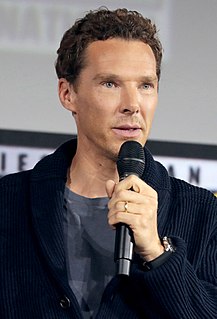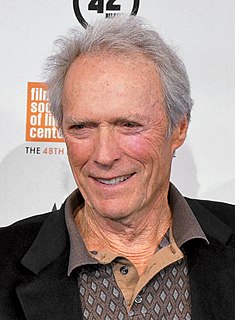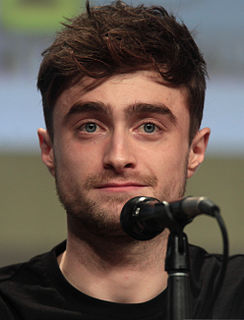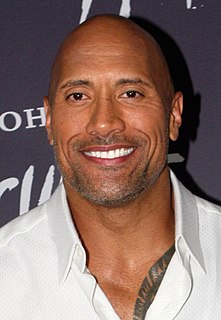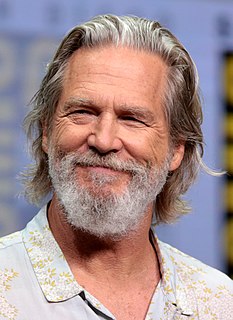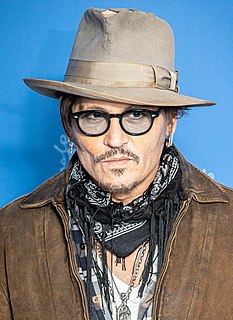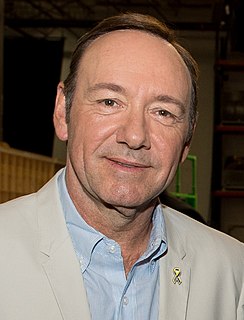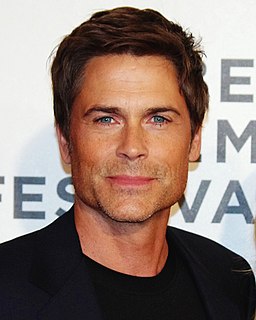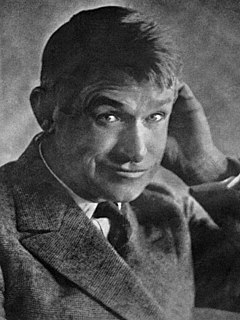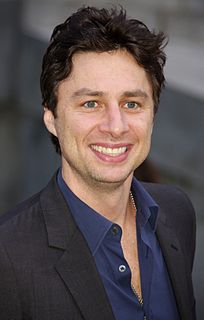A Quote by Andy Serkis
The wonderful thing about 48 fps is the integration of live action and CG elements; that is something I learned from 'The Hobbit.' We are so used to 24 fps and the romance of celluloid but at 48 fps, you cannot deny the existence of these CG creations in the same time frame and space and environment as the live action.
Related Quotes
The wonderful thing about 48 fps is the integration of live action and CG elements; that is something I learned from 'The Hobbit.' We are so used to 24 fps and the romance of celluloid... but at 48 fps, you cannot deny the existence of these CG creations in the same time frame and space and environment as the live action.
I love the culture of animation. What stop-motion has in common with live-action is that it has many of the same departments. There's hair, costume, makeup in the form of paint, gaffers, electricians. So there's the same sense of real stuff, real light. But it's not like everything happens at once, like it does in live-action. It's all subdivided into these small sets. It's where my strengths are. Live-action is just an utterly different world, and I'm not a public enough persona to be big and loud at the front of the ship. I'd rather more quietly interact with the artisan animators.
